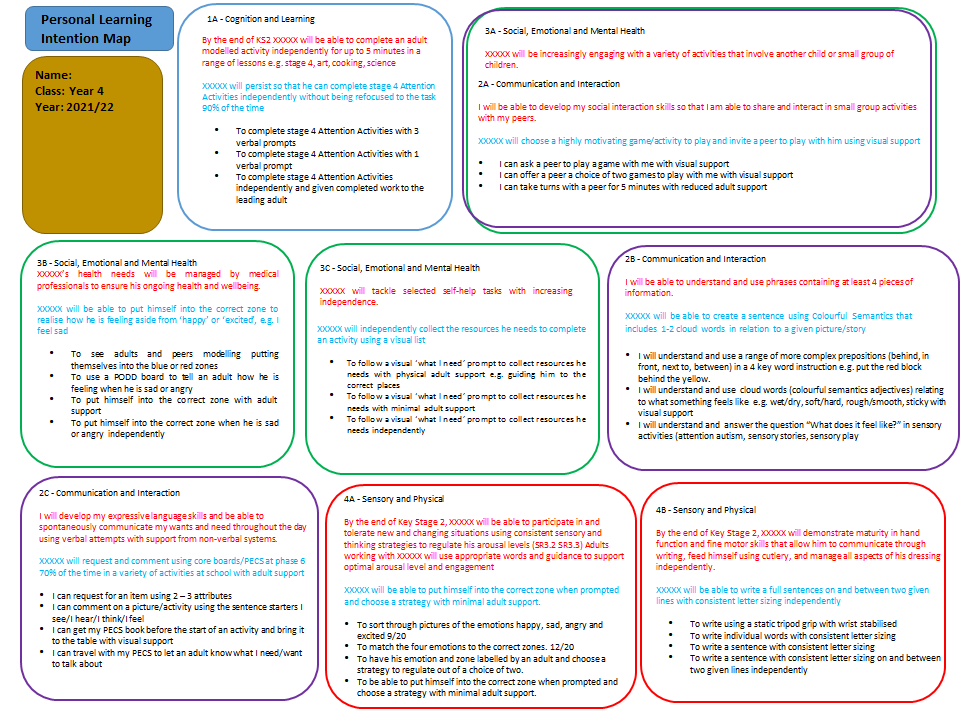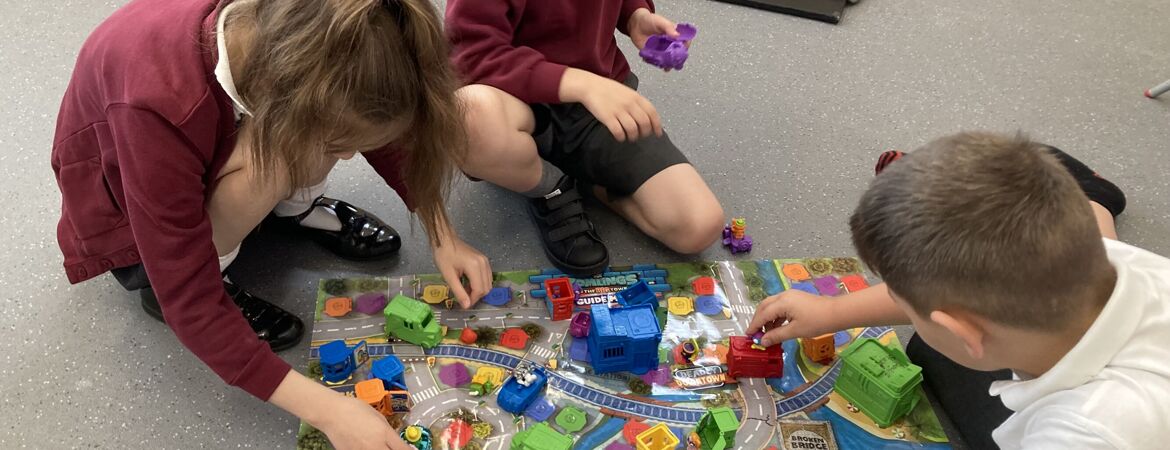- Home
- Oak Field
- Curriculum
- Our Curriculum
Our Curriculum
The Early Years Foundation Stage covers all the children at Oak Field. If children reach early learning goal, they are moved on to the Year 1 Curriculum and so forth.
The Curriculum
We follow the EYFS Framework which is the curriculum set out by the Department for Education. This includes the seven key areas of learning and development. These seven areas of learning and development are split into three prime areas and four specific areas. Children are supported to develop in the three prime areas first.
These are:
- Communication and language
- Physical development
- Personal, social and emotional development
As children grow, the prime areas will help them to develop skills in four additional areas.
These are:
- Literacy
- Mathematics
- Understanding the world
- Expressive arts and design
We follow the Read Write Inc phonics scheme.
These seven areas are used as a framework to plan your child’s learning and activities, but the professionals teaching and supporting your child will make sure that the activities are suited to your child’s individual learning and developmental needs.
Learning Through Play
We ensure learning is fun and engaging; we want to teach children play skills, including playing alongside and with peers, initiation interactions, turn taking and sharing interests with their peers. The EYFS approach is to ‘Learn Through Play’ and through this approach, a child can learn to make sense of the world around them. Play allows children to develop social and cognitive skills, support emotional wellbeing and gain the self-confidence and coping skills required to engage in new experiences and environments.
Our children also benefit from a mixture of learning opportunities including:
Circle time - when the teacher facilitates interactive, whole class teaching sessions. This can include stories, attention autism sessions, maths meetings and class games.
Free flow - the children are encouraged to explore the learning environment, both inside and out, accessing the high quality resources and learning activities made and modelled by staff.
Small group work – staff will often work with groups of children focusing on PLIM targets and specific play skills.
1:1 learning – staff regularly work with children on ‘one on one’ basis to support a child’s learning and progress towards their PLIM targets.
Life skills
Self-help and life skills and embedded into our Curriculum and children are regularly given opportunities to learn and practice these. This is fundamental for helping prepare the children for the future. Areas include personal care, dressing skills, meal times and personal safety. We also ask parents to contribute to the assessment of these skills as some children find it difficult to apply skills in different contexts. Children have access to our new life skills room where they are able to practice their baking and cooking skills; this is also another way to encourage the children with new foods.
Personalised Intention Maps (PLIMS)
Each child will have a Personal Learning Intention Map (PLIM) for each academic year. These PLIMs will highlight the steps that a child will take to achieve each of the outcomes highlighted in their EHCP. Depending on the school year of the child, they may also have a target for each outcome on their EHCP too. The process of breaking down EHCP outcomes to smaller, more manageable steps allows us to evidence and celebrate the incremental progress that children may make over shorter time periods. An example of a PLIM can be found below.

It is the responsibility of class teachers, under the direction of the headteacher, to plan learning experiences which allow children to make the small steps of progress towards meeting their EHCP outcomes, and collect evidence which demonstrates this. This evidence is collected over the duration of an academic year in each child’s PLIM folder. Parents will have the opportunity to see their child’s PLIM at each parent’s evening.
Sensory Curriculum
Pupils with an ASD diagnosis may experience unusual sensitivity to sound, touch, and visual stimuli. Although all people with ASD share certain difficulties; their condition will affect them individually.
Everyone is familiar with the five basic sensory systems; sight, sound, taste, smell and touch (tactile). These basic senses respond to external stimuli from the environment. However, less familiar sensory systems also exist within our bodies. These are;
Interoceptive: Sensory system of the internal organs (e.g. heart rate, hunger, digestion, state of arousal, mood, etc.,)
Vestibular Sense: Processing information about movement, gravity, and balance, primarily through the inner ear. It provides information about speed of our movements, maintains, and regulates posture, triggers balance reactions and gives us a postural core. It also helps us to maintain a table visual field and adequate spatial awareness.
Proprioceptive Sense (body scheme): Processing information about body position received through the muscles, ligaments and joints. It allows us to control the speed and force of movement, efficient motor planning, and to use our bodies without having visual cues, it is vital for fine motor dexterity.
The brain locates, sorts and orders sensations – somewhat like a traffic officer directs traffic. This is necessary if a person is to move and learn normally. With some students, such as those with Autistic Spectrum Disorder (ASD), the processing of sensory experience may be disordered or delayed. Any change or difficulty with this processing can influence how daily living skills, academic progress and social interactions are managed.
Universal strategies are embedded in the school curriculum to prepare and support students learning and development. For example, calming/alerting movements prepare, student positioning/location in the room to aid focus and maximise engagement. Other environmental factors including lighting, sound, displays and use of physical boundaries are also used.
At Oak Field we have a multi-disciplinary approach to students with sensory processing difficulties. This team is made up of Occupational Therapy, Speech & Language Therapy, and school staff. The Occupational Therapy will offer a range of interventions including whole school, class specific support or 1:1 sessions with individual pupils. Sensory diets may also be put in place for some pupils.
Parent Partnership
Good communication with parents is vital to ensure that children’s wellbeing is fully supported, they make progress and achieve their full potential. We use Class Dojo (messaging APP) as our main communication method with parents, particularly helpful for children who travel to school on transport. Teachers are able to upload photos of the day’s activities and send parents private messages. Since using this method there has been a positive response from parents and staff. We also have a Parent Forum which meets once a half term, another way we can ensure that parent voice is heard and increase their involvement.


